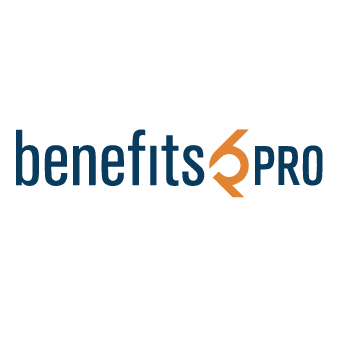
For third party administrators and benefits brokers, understanding where the gaps exist and providing solutions to address them is key to client satisfaction and business growth.
February 10, 2020
By Bo Armstrong
Originally Posted on BenefitsPRO
Today’s consumers have more choice than ever when it comes to health care benefits. However, research suggests they are not utilizing those benefits as effectively as they could, in large part due to lack of knowledge and understanding. For third party administrators (TPAs) and benefits brokers, understanding where the gaps exist and providing solutions to address them is key to client satisfaction and business growth.
Health care benefits are complex, and for many employees, hard to fully understand. Endless insurance options, confounding terminology and acronyms, stringent IRS rules, contribution and spending limits, and other factors all contribute to an often perplexing subject. Numerous studies in recent years have found that a serious health care benefits education gap exists in our country.
A 2016 study by Guardian Insurance company found that 80 percent of workers claimed to understand their benefits, but when tested, only 49 percent actually did. Another recent study from C Space Health found that 35 percent of younger consumers have little understanding of the comparative advantages and disadvantages of their health insurance options. What’s more, a 2015 paper by the National Bureau of Economic Research demonstrated that employees generally chose health insurance plans that weren’t cost-effective when considered against their actual medical spending.
To help TPAs and brokers develop strategies to address these education gaps, DataPath, Inc., conducted a survey in late 2019 to assess the causes and determine potential solutions. The underlying motivation was to gain clarity around how much health care consumers really know about accessing and using their benefits, and what factors might be keeping them from becoming better informed.
Promoting consumer directed health care
As advocates for consumer directed health care, including flexible spending accounts, health savings accounts, health reimbursement arrangements, and other employer-sponsored health care benefits, TPAs and brokers are the first step toward reducing health care costs and delivering higher consumer satisfaction.
However, consumer directed health care merely begins there. Working with insurance providers to get better group rates and integrated claims processing is another avenue.
In addition, promoting health care education can also help not only with greater FSA/HSA adoption, but also ensure those tax-advantaged dollars are being maximized. Employees need the confidence to be their own advocates. That’s where a comprehensive benefits education and engagement strategy come into play.
Read the full article, Education gaps present opportunity for brokers and TPAs, on BenefitsPRO.

Bo Armstrong
Chief Product and Marketing Officer, DataPath, Inc.
Bo has over 20 years of marketing leadership experience. His responsibilities include branding, communications, social media, product marketing, PR and promotions. He focuses on identifying emerging market trends within the benefits industry and advocating for customers and their needs. Bo is also a national conference speaker and author of numerous whitepapers and articles on the healthcare benefits industry.
